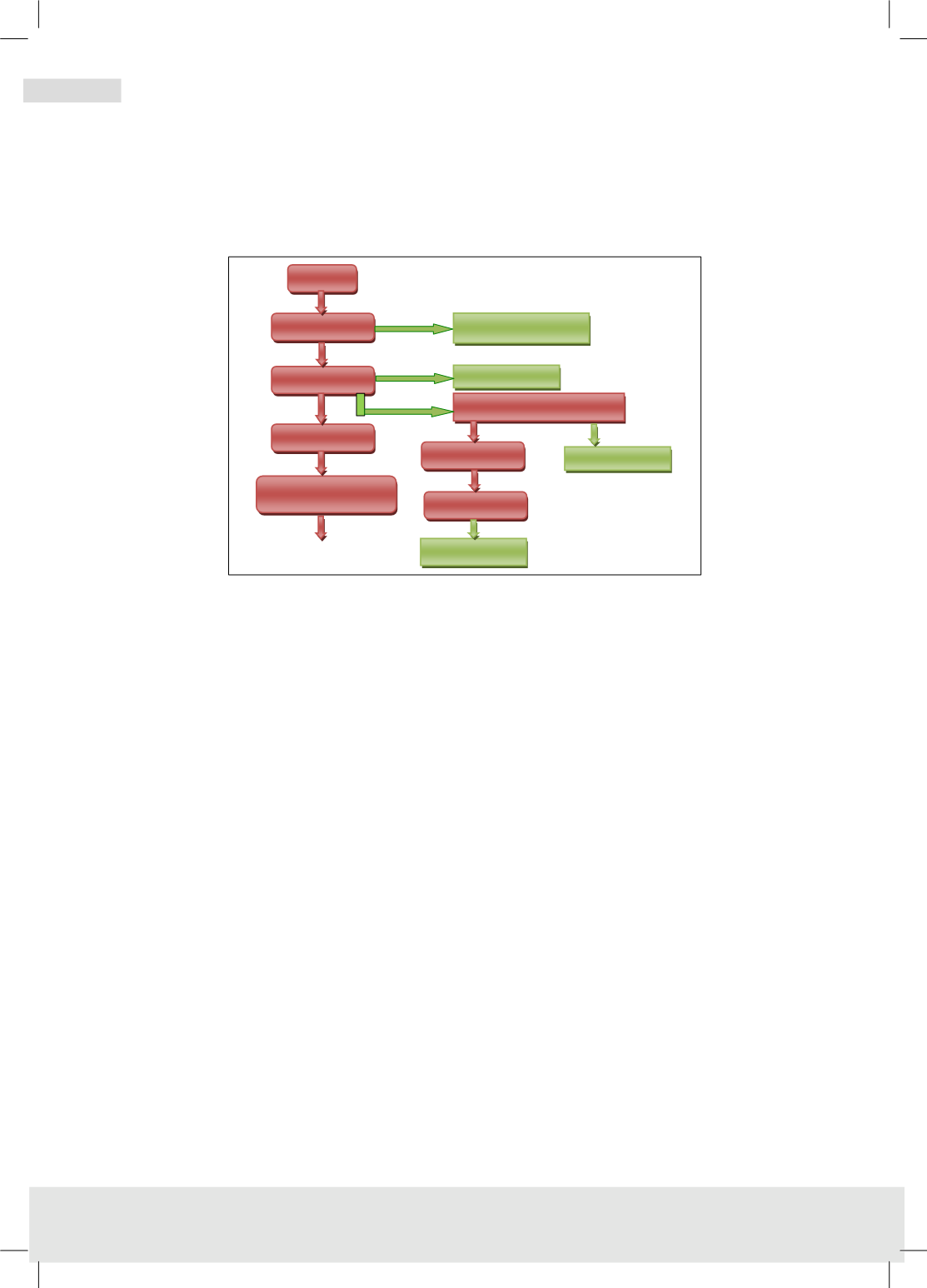

154
2016
أوابك العلمية لعام
�
ص لبحوث العلمية الفائزة بجائزة
�
عدد خا
مجلة النفط والتعاون العربي
161
العدد
- 2017
أربعون
المجلد الثالث و ال
Re-refining of Used Lubricating Oil and its Economic and Environmental Implications
31
compounds, oxidized hydrocarbons and solids in suspension are also separated in this
stage. The bright stock is recovered from the vacuum residue by propane deasphalting.
The final stage is the hydrogenation of the bright stock fraction.
The process is shown schematically in Figure 16.
Figure 16 IFP simplified block flow diagram
Source: UNEP (2012)
4.9.2
Process features and drawbacks
Possibility to produce several base oils with various characteristics.
4.10 Snamprogetti process
The Snamprogetti process is similar to the IFP technology in that it uses the same
processing steps including propane extraction. Snamprogetti has modified the process
by adding a propane extraction step before and after vacuum distillation.
4.10.1
Process description
The process consists of four steps:
Atmospheric distillation:
In this stage, water and light hydrocarbons are eliminated in the extraction column..
Solvent extraction:
Next, waste oil from atmospheric distillation is refined with liquid propane at 75–95 ºC
in the propane de-asphalting(PDA)unit. With this step, the majority of the contaminants
such as asphalt compounds, oxidized hydrocarbons and suspended solids are separated
from the oil.
Waste
Atmospheric
Vacuum
Hydrogenation
Light and médium Base oils
Water and lights
Gas oil
Extraction using Propane
Asphalt
Demetallization
Separator
Bright stock
















